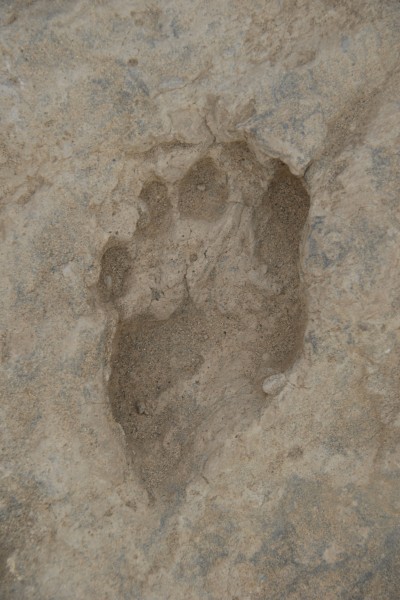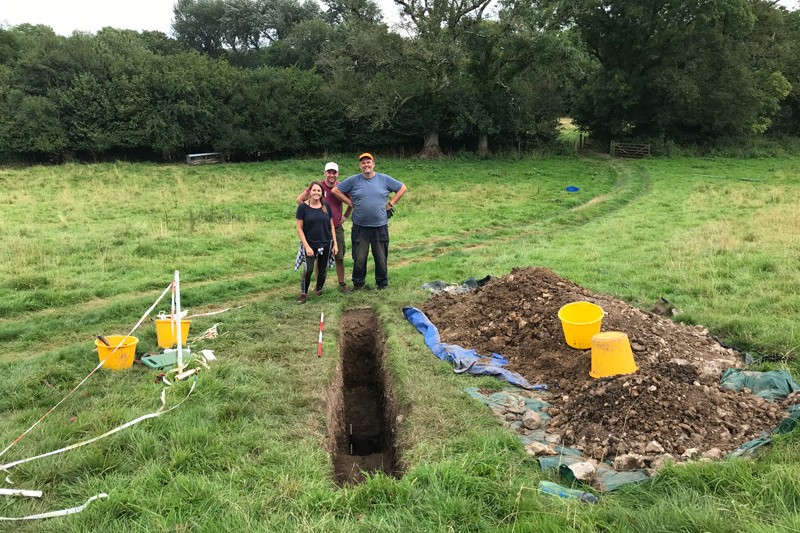Bournemouth University’s newest research Institute – the Institute for Studies in Landscape and Human Evolution (ISLHE) – has been awarded a significant grant from the Natural Environment Research Council to explore how techniques for documenting ancient footprints can help forensic scientists understand modern-day crime scenes.

Professor Matthew Bennett, Head of ISLHE explained why the research is needed, “Footwear impressions can provide an important source of evidence from crime scenes. They can help to determine the sequence of events and – if distinctive – can even link a suspect to multiple crime scenes.
Evidence can either be 2D, for example when mud or bodily fluids leaves impressions, or 3D, when a footprint impression is left in a soft substance, such as soil. However, despite rapid advances in technology in forensic science, methods of examining 3D traces have changed little over the last fifty years.”
The cost of existing imaging software means that police and investigators are often reliant on outdated methods, such as plaster casts and visual comparison. How then, can methods used to identify some of the oldest footprints in the world be used to help understand modern-day crime scenes?
Professor Bennett has extensive field experience and in recent years, has focused on the analysis of human footprints and development of technology and software which aids the recovery of footprints in hostile conditions. By applying this expertise and technology used to identify ancient footprints, ISHLE will work with a software engineer and forensic experts at Bournemouth University to develop cost-effective 3D imaging software which can be deployed in at any crime scene.
“Once completed and made available, the software has the potential to make a significant difference to the way police forces and forensic agencies across the UK examine and interpret crime scenes,” explained Professor Bennett, “By making the software much more cost effective and free to use, we can enable 3D imaging to become the norm rather than the exception when investigating crime scenes.”



